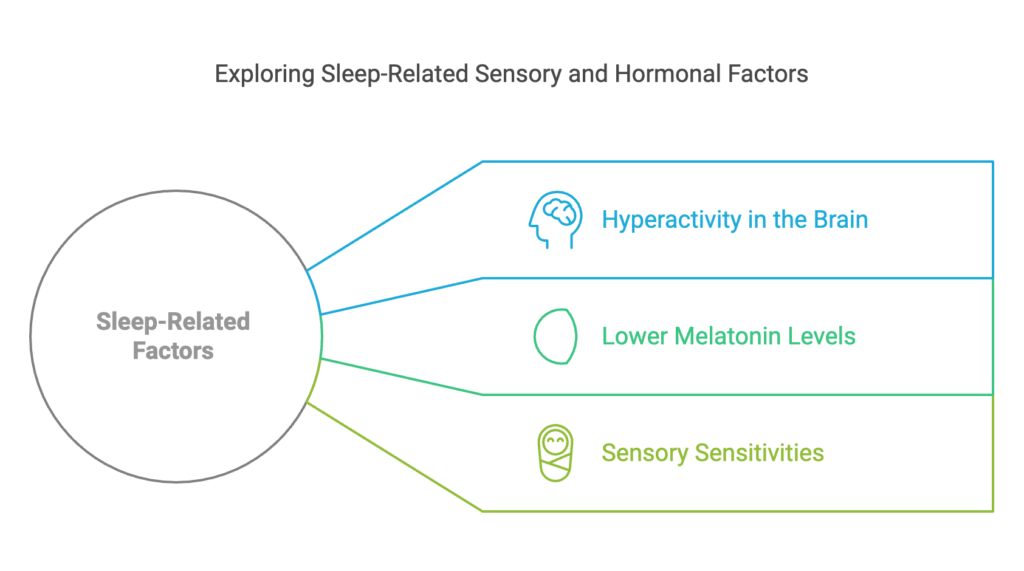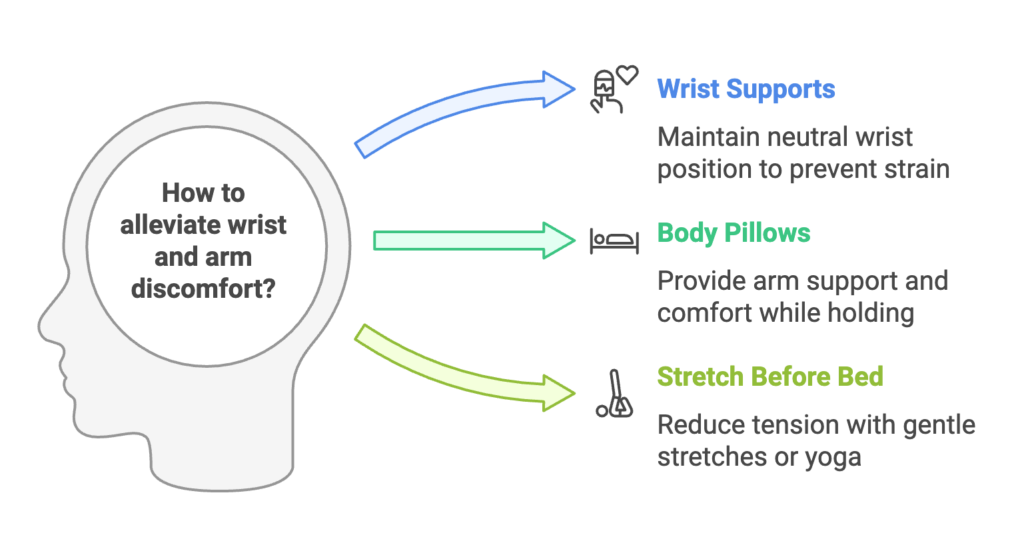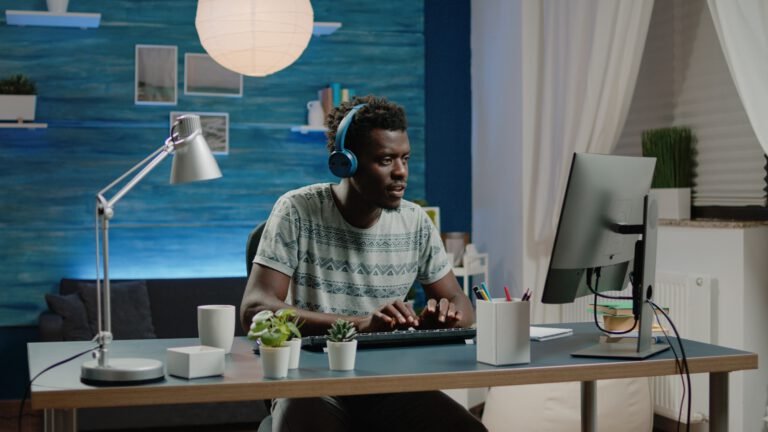If you’ve ever woken up with your wrists bent inward, arms curled like a T-Rex, and thought, what is going on?, you’re not alone. Among the ADHD and autism communities, this “dinosaur hand” sleeping position is oddly common, though it’s more anecdote than science at this point. It’s a quirk we notice but can’t yet explain, a subtle thread in the fabric of neurodivergence that connects us in unexpected ways.
Let’s break it down: this sleeping posture—wrists folded inwards, hands tucked near your chest—might be a subconscious comfort mechanism. ADHD brains are wired for stimulation and novelty, which doesn’t stop when the lights go out. A tucked, compact sleeping posture could be an instinctual way to create a cocoon of safety in an otherwise chaotic sensory world. It’s soothing, grounding, and oddly… efficient.
The Possible Science Behind T-Rex Arms
While there isn’t any specific research on the “dinosaur hand” phenomenon, we can piece together clues from broader findings about ADHD and autism. Sleep studies have shown that neurodivergent individuals often experience:
- Hyperactivity in the brain even during rest, which might lead to unconscious body fidgeting or tension.
- Lower levels of melatonin, the sleep hormone, making it harder to settle into a relaxed, open posture.
- Sensory sensitivities that might favor sleeping positions providing a sense of compression or “holding,” much like weighted blankets do.

This sleep posture may also tie into proprioception—our awareness of where our bodies are in space. For people with ADHD, proprioceptive processing can be wonky, and curling the arms inward might serve as a form of self-regulation, providing a constant, comforting sense of where the body ends.
Is This Bad for Your Body?
Physiotherapists and sleep experts might raise an eyebrow at the long-term implications of this position. Over time, sleeping with wrists bent can lead to issues like carpal tunnel syndrome, nerve compression, or stiffness. But don’t panic—there are small, actionable tweaks you can make:
- Wrist Supports: Wear soft wrist braces to keep your wrists neutral without forcing an unnatural position.
- Body Pillows: Hug a pillow or weighted plushie to create a comfortable arm position while still giving your hands something to hold.
- Stretch Before Bed: Loosen up wrist and arm tension with stretches like wrist flexor/extensor stretches or gentle yoga poses.

The Emotional Side of Sleep and Neurodivergence
As someone navigating ADHD or autism, sleep can feel like an endless battle. The irony? Sleep, or lack thereof, is central to how we regulate mood, focus, and energy during the day. The T-Rex arms might be just one of the ways your body is trying to comfort itself in a world that rarely feels comforting.
So, if you’ve been twisting yourself into this quirky position, maybe it’s time to lean into the humor and humanity of it. Share your T-Rex arm stories with your neurodivergent friends, invest in a good wrist brace, and reclaim the power of sleep—dino claws and all.
For more on proprioceptive processing and sleep, check out this article on sensory processing and insights into ADHD and sleep.










